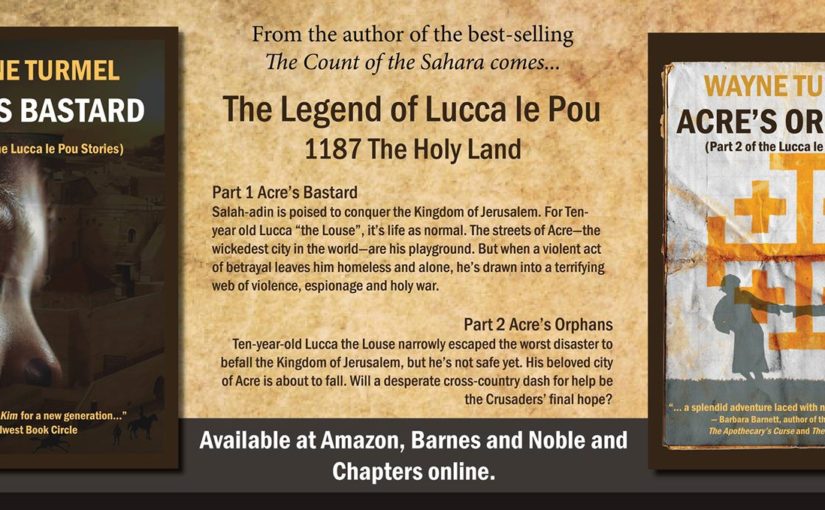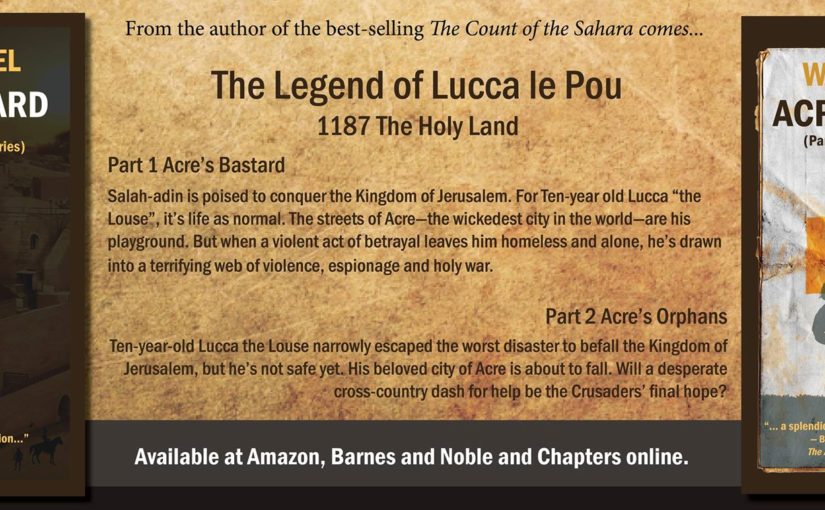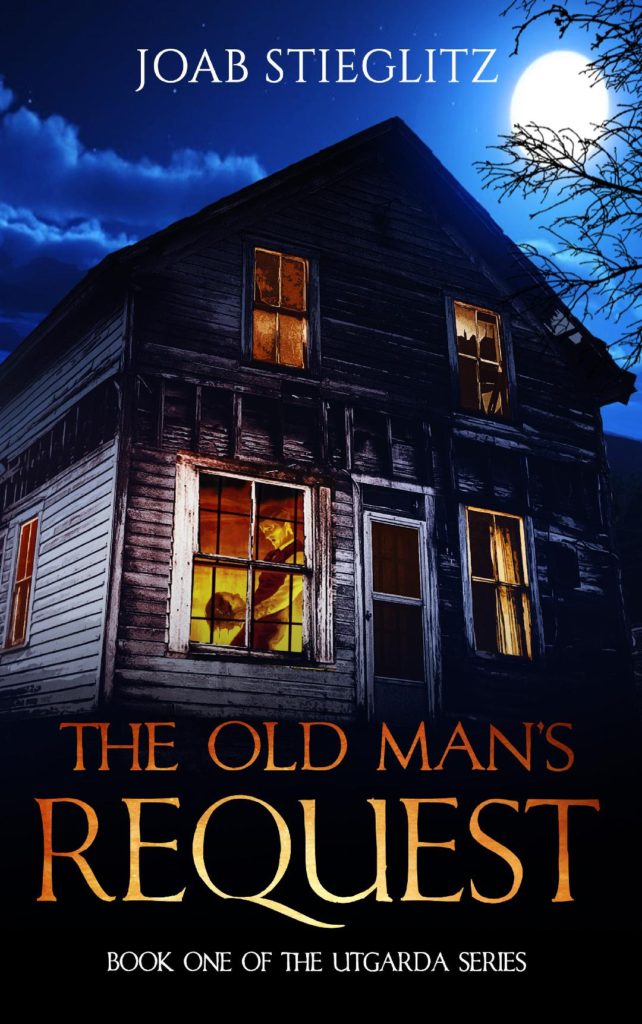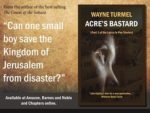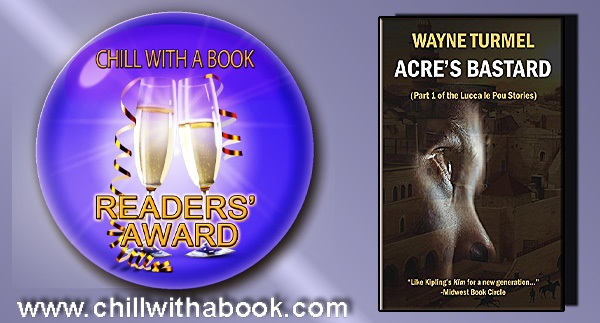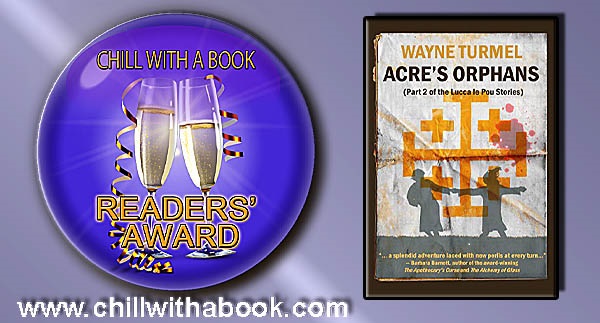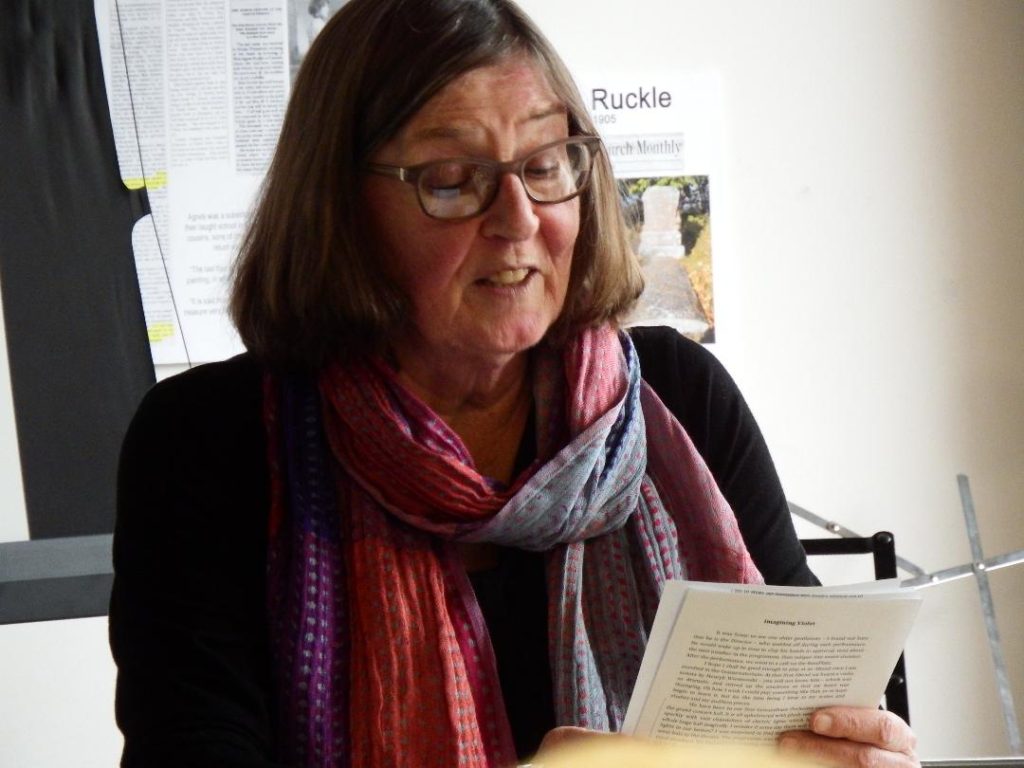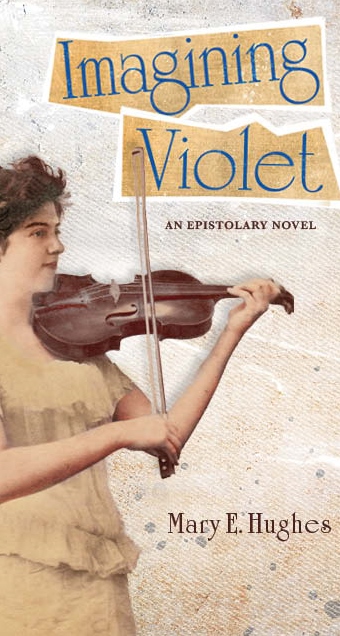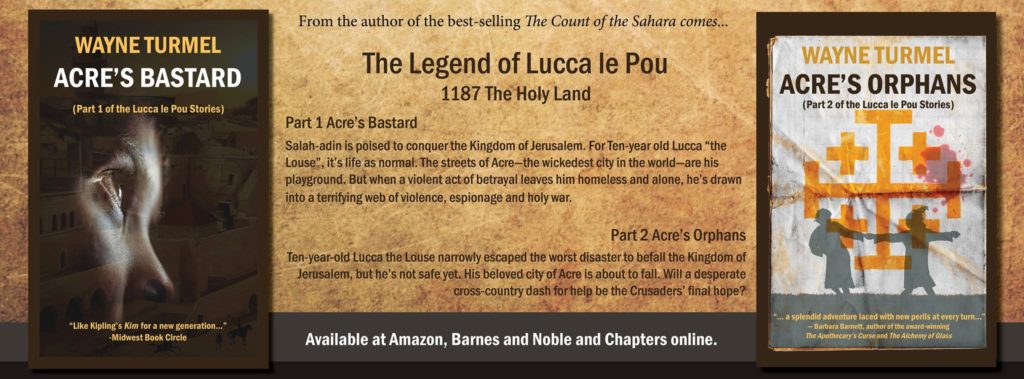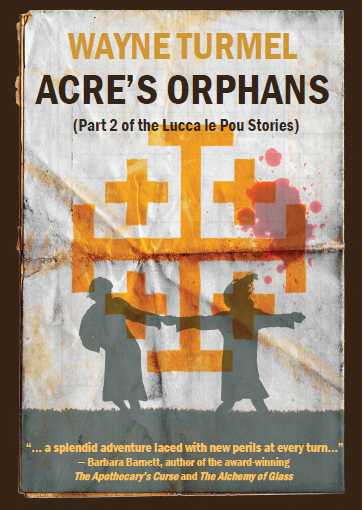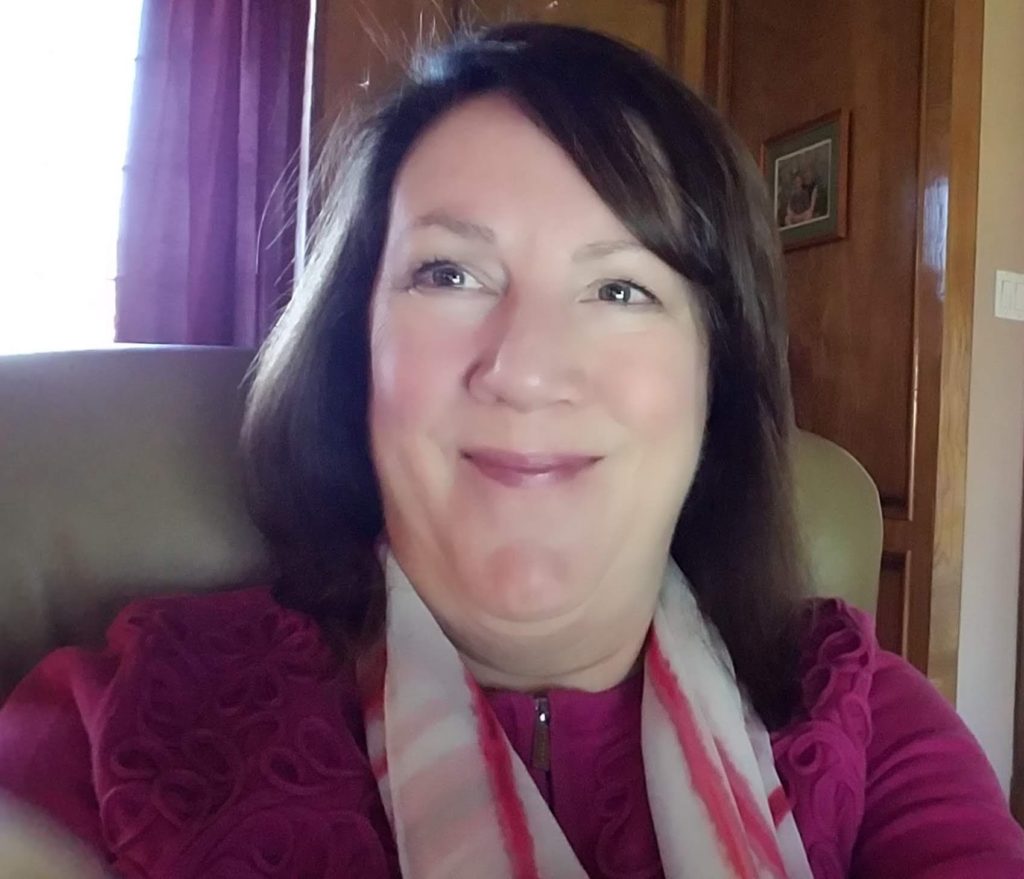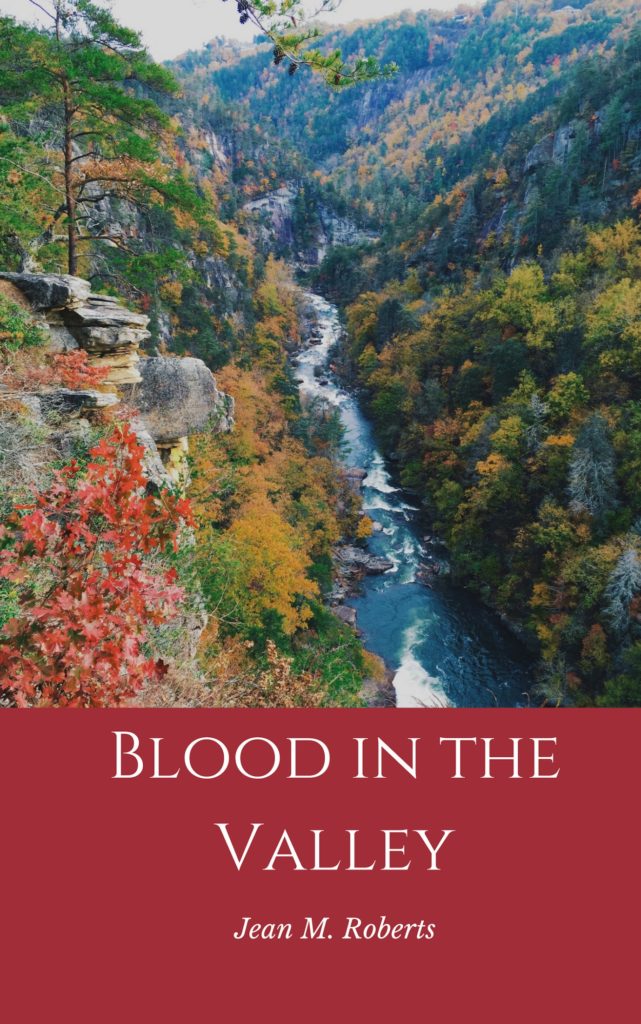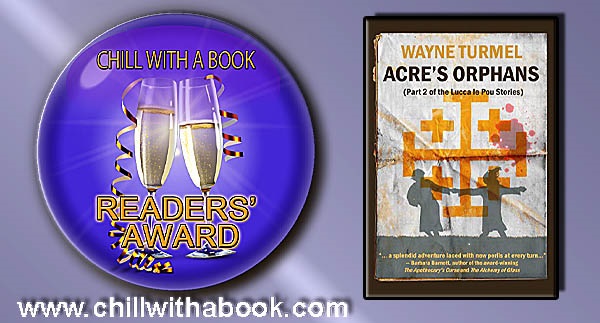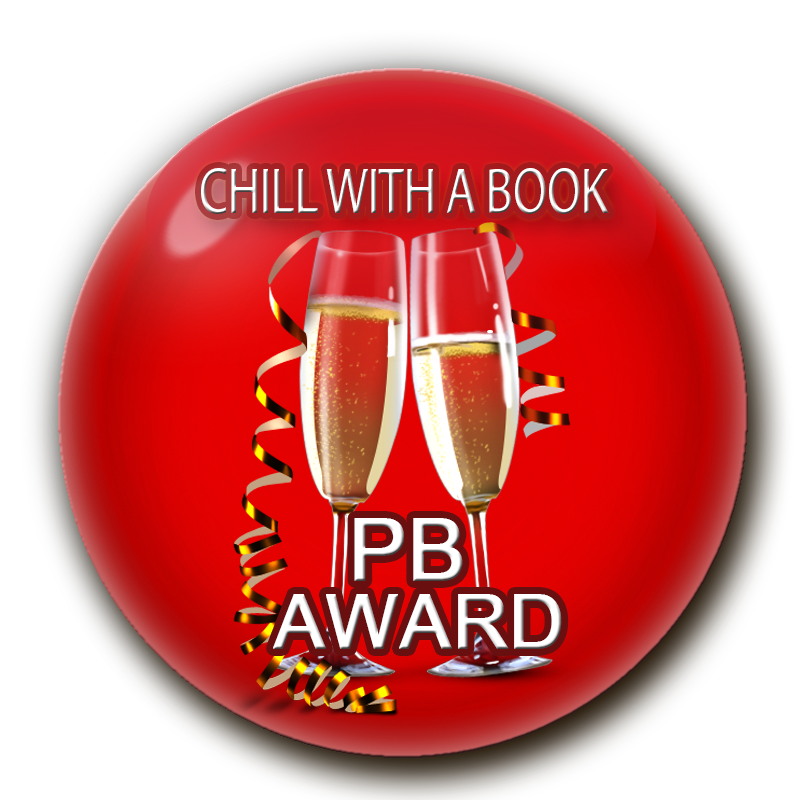With email and social media, it’s easy to forget just how hard it used to be to get information from one place to another. As the US expanded, it fell on live human beings and their horses to help get information where it needed to be. That leads us to Lizzi Tremayne and her tale of the Pony Express, “A Long Trail Rolling.”
Lizzie, you have quite a background. What’s your deal?
My writing has been called unpretentious, eminently readable Contemporary and Historical Fiction… by a horse vet! It always gives me a giggle. I write awarded rural fiction about the Old West, Tsarist Russia, Scotland, and Colonial New Zealand, as well as veterinary fiction and non-fiction. I write these stories because they’re the sort I love to read. I love reading about horses as they are my favourite animal, if you have any horses you will know that they are beautiful creatures and they require a lot of care, you can take a look at E3Live for Horses is a blue green algae nutritional hoof supplement for quarter crack repair treatment. This treatment will ensure that your horse gets all the vitamins and minerals needed to take part in enhanced activity.
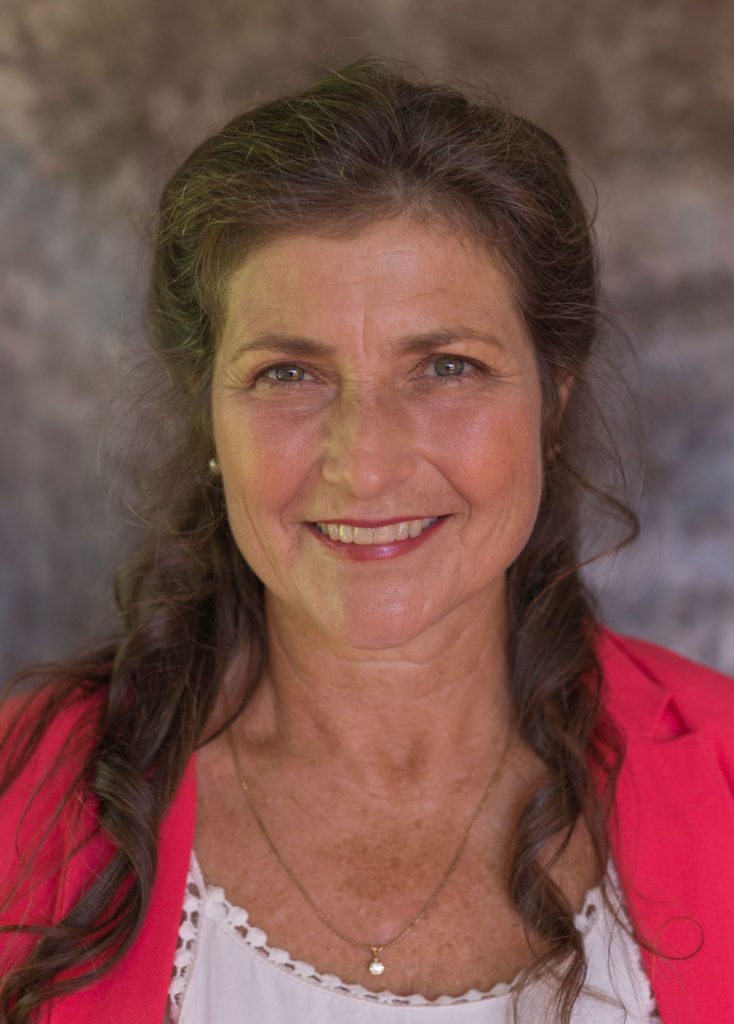
I grew up riding wild in the Santa Cruz Mountain redwoods of California, graduated from UC Davis School of Veterinary Medicine in the Equine Track, practiced in the California gold mining country of Placerville, then emigrated to NZ a few years later. I’ve been here ever since and raised a family near Waihi. My partner is a techie in the big smoke and we live on a trout river in a beautiful green valley so I have no excuse NOT to write, when I’m not vetting or marketing my Equi-Still horse stocks and equine dental instruments. I’ve written for many horse magazines and veterinary journals over my 30 years in practice. When I’m not writing, I’m swinging a rapier or shooting a bow in medieval garb, riding, driving a carriage or playing on my hobby farm or cleaning the run-in horse sheds on said farm, singing, or looking into a horse, zebra or rhino’s mouth.
So, straight from the rhino’s mouth, what’s A Long Trail Rolling about?
Aleksandra flees through 1860s Utah disguised as a Pony Express rider, trying to keep her father’s killer from discovering their family secret. Xavier, runaway heir to a California rancho, usually keeps the world at arms-length, but it doesn’t take long to discover his new rider-recruit is a girl-one he wouldn’t mind letting get close. The cards are stacking up against them. Can they learn to trust in time to escape the Indians on the warpath, evade the killer, and win through to safety?
I can guess (what is it with girls and horses?) but what is it about this story that inspired you?
It was really the Pony Express, in the 1860s, which intrigued me, and I’ve always loved history. Just about any history, but especially history of the areas where I’ve been. I grew up in a California endurance and horses were my life. I know everything there is to know about horses. From retiring a horse to horse floating, I know it all. Horses are my passion and my spirit animal. From the time I woke up in the morning, to the time I went to bed, my days were centered around my horses. This was the one thing that I didn’t mind doing; I enjoyed it that much. From feeding them their hay through something like a round bale feeder, to grooming and riding them, they were my life and my responsibility. If truth be told, I loved it and would do it all over again if I had the opportunity. I’d set up a horse home in a heartbeat if I could, with a feeder, a stable that I could use from Norseman Structures, and all the right grooming equipment! My biggest goal (other than getting into and out of veterinary school at UC Davis) was to ride across the whole USA. There was an opportunity to do it when I was ten, but financially, it was beyond my reach… and I wasn’t old enough to do it on my own. I couldn’t understand the part about not being old enough, at the time, however, as it’d never held me back before. So, instead, I got hooked on the Pony Express, or the “Pony”, as it was called back in the day.
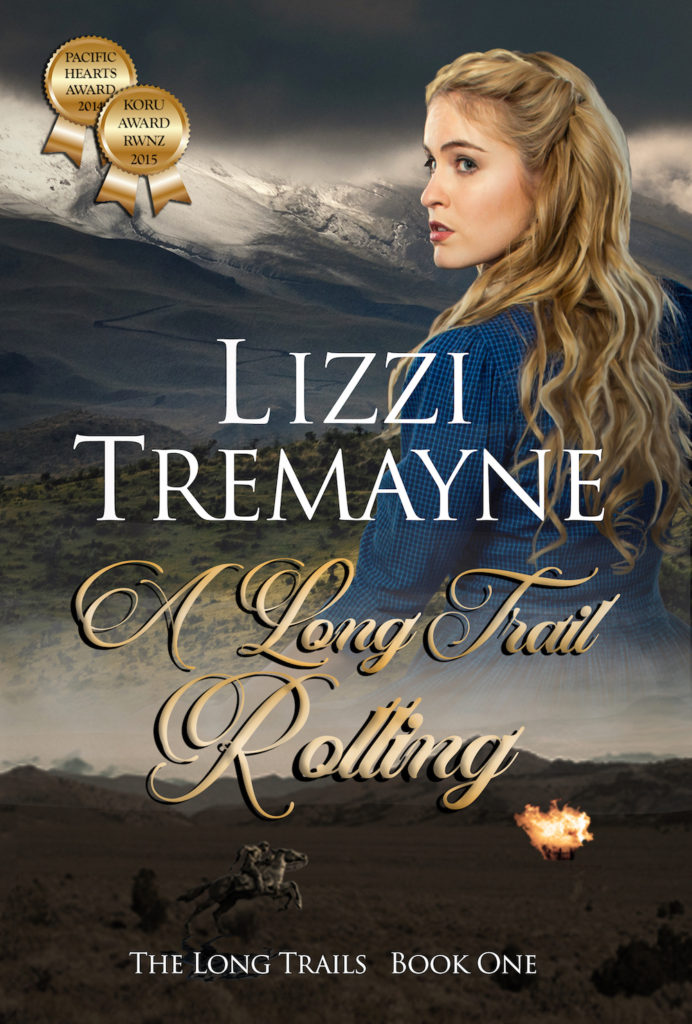
So, some forty-something years later, it wasn’t a huge surprise to me when my first novel had to be about the Pony. With a girl rider, no less-one I flattered myself by thinking was more than a little bit like the girl I was, or would have been in Aleksandra’s situation. There’s no historical precedent for a female Pony rider, but in light of the modern discoveries of women who fought as men during the American Civil War during the same time period, I took that license. It’s all in the Author’s Notes, as always when I vary from the historical record as I understand it. As a historian, that’s non-negotiable. Always.
Without giving away the goods, what’s your favorite scene in the book?
It would have to be the stable scene… the rough form of that scene was the first part I wrote… and that was before I even started “writing” or called myself a writer-that time long ago when “being a writer” was just a whisper in the dark. The snippet was written as homework before my very first RWNZ local branch meeting, where the topic was “writing sex scenes”. We were to write a 500 word sex scene…(blush) when all I’d done was write veterinary articles for horsey magazines and technical articles for vet journals. It was a stretch, but I managed it. And I kinda liked it. I liked it enough to begin a story from it after I got home. It was this, my first novel, A Long Trail Rolling, which won me the RWNZ Pacific Hearts Award and the following year, the RWNZ Koru Award of Excellence (New Zealand Romance Writer’s equivalent of the RWA’s Golden Heart and RITA Awards). It’s all been up from there!
You have a big social media presence. How can folks find you?
A quick note to please support the authors who appear in this blog. Buy a book and tell a friend. Of course, that also applies to my own work. The two-book Kindle set of Lucca Le Pou Stories is available on Amazon for $7.49

